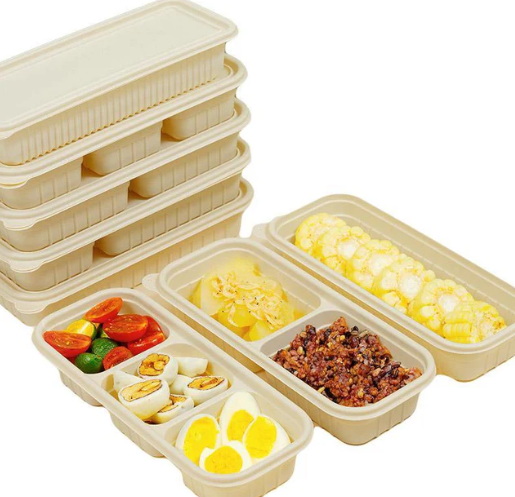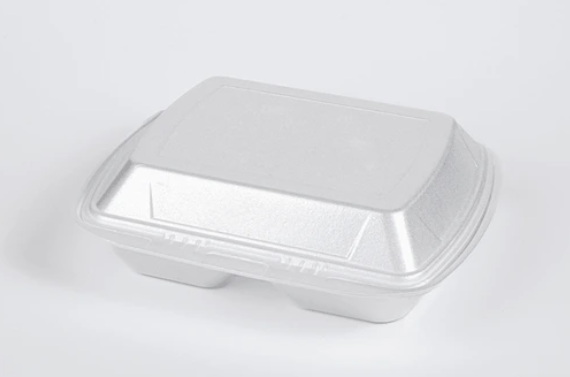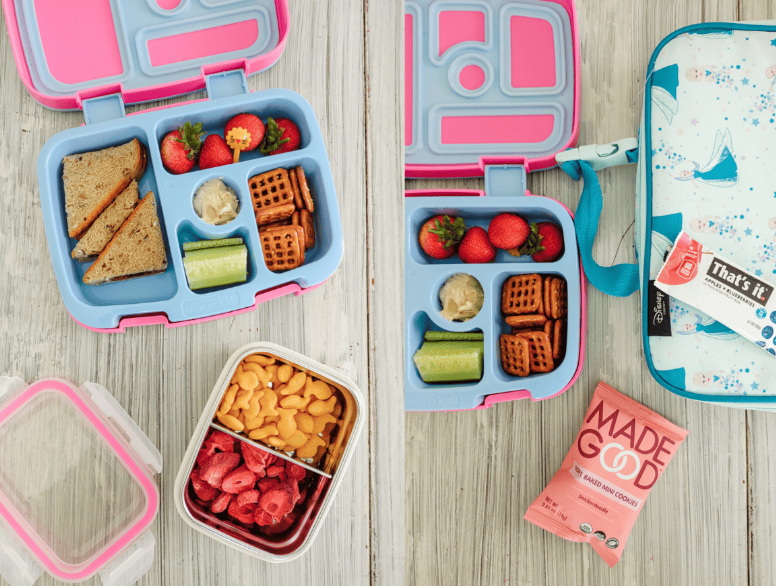
Content Menu
● Introduction to Lunch Box Disposable Containers
>> Types of Materials Used
● Safety Considerations for Microwave Use
● Alternatives to Plastic Containers
>> Benefits of Glass Containers
>> Benefits of Ceramic Containers
● Eco-Friendly Options
>> Benefits of Biodegradable Containers
● Best Practices for Using Lunch Box Disposable Containers
● Conclusion
● Frequently Asked Questions
>> 1. Are all plastic lunch box disposable containers microwave-safe?
>> 2. Can I microwave food in PET plastic containers?
>> 3. Are paper lunch boxes safe for microwave use?
>> 4. What are the risks of using damaged plastic containers in the microwave?
>> 5. Are there eco-friendly alternatives to traditional plastic lunch box disposable containers?
The convenience of using lunch box disposable containers for reheating meals in the microwave has become a common practice, especially for those with busy lifestyles. However, concerns about safety and potential health risks have been raised. In this article, we will delve into the types of materials used for lunch box disposable containers, their microwave safety, and provide guidance on how to safely use them.

Introduction to Lunch Box Disposable Containers
Lunch box disposable containers are widely used for packaging and reheating food. They are made from various materials, including plastics like polypropylene (PP), polyethylene terephthalate (PET), and polystyrene (PS), as well as paper-based materials. The choice of material significantly affects whether these containers can be safely used in a microwave.
Types of Materials Used
1. Polypropylene (PP): Known for its high heat resistance, PP is commonly used for microwave-safe containers. It can withstand temperatures up to 120°C and is often marked with the recycling code "5" or labeled as "PP". PP containers are versatile and can be used for both hot and cold foods.
2. Polyethylene Terephthalate (PET): While PET is generally considered safe for cold storage, it is not recommended for microwave use due to its lower heat resistance. PET containers may deform or release harmful substances when heated. They are more commonly used for water bottles and other non-heated food packaging.
3. Polystyrene (PS): PS is not suitable for microwave use as it can release harmful chemicals like styrene when heated above 90°C. Styrene is known to be a potential carcinogen, making it unsafe for heating food.
4. Paper-Based Containers: Some paper containers are microwave-safe, but their safety depends on the type of coating used. Wax or certain plastic coatings can melt or release harmful substances when heated. However, paper containers with a safe coating can be a more eco-friendly option for reheating food.
Safety Considerations for Microwave Use
When using lunch box disposable containers in the microwave, several safety considerations must be taken into account:
- Microwave-Safe Labeling: Only containers explicitly labeled as "microwave-safe" should be used. Look for symbols like wavy lines or the recycling code "5" for PP materials. These labels ensure that the container has been tested for microwave safety.
- Avoid Damaged Containers: Never use containers that are cracked, chipped, or show signs of wear, as they may leach chemicals into food when heated. Damaged containers can compromise the integrity of the material, leading to potential health risks.
- Limit Heating Time: Minimize microwave time to prevent overheating, which can cause deformation or chemical release from the container. It's also important to follow the recommended heating times for specific foods to avoid overcooking.
- Avoid Metal Trims: Some lunch box disposable containers may have metal trims or handles. These should be avoided in the microwave as they can cause sparks and start a fire.
Alternatives to Plastic Containers
For those concerned about the safety of plastic containers, alternatives like glass or ceramic containers are recommended. These materials are non-toxic and can withstand high temperatures without leaching chemicals into food. Glass and ceramic containers are also more durable and can be reused multiple times, making them a more sustainable option.
Benefits of Glass Containers
- Non-Toxic: Glass is completely non-toxic and does not react with food, ensuring that meals remain safe and healthy.
- Durable: Glass containers can be used multiple times, reducing waste and the need for disposable containers.
- Versatile: Glass can be used for both hot and cold foods, making it a versatile option for meal prep.
Benefits of Ceramic Containers
- Heat Retention: Ceramic containers retain heat well, keeping food warm for longer periods.
- Aesthetic Appeal: Ceramic containers come in a variety of designs and colors, adding an aesthetic touch to mealtime.
- Sustainable: Like glass, ceramic containers are reusable and can reduce the reliance on disposable plastics.

Eco-Friendly Options
Eco-friendly alternatives, such as biodegradable PLA (polylactic acid) containers, are becoming more popular. However, their heat resistance is generally lower than traditional plastics, limiting their microwave use. PLA is derived from renewable resources like corn starch or sugarcane, making it a more environmentally friendly option for packaging.
Benefits of Biodegradable Containers
- Sustainable Source: PLA is made from renewable resources, reducing dependence on fossil fuels.
- Biodegradable: PLA containers can biodegrade under certain conditions, reducing plastic waste.
- Non-Toxic: PLA is non-toxic and does not release harmful chemicals when heated, though it should still be used with caution in microwaves.
Best Practices for Using Lunch Box Disposable Containers
To ensure safe use of lunch box disposable containers in the microwave:
- Check Labels: Always verify that the container is labeled as "microwave-safe".
- Use Correctly: Follow the manufacturer's guidelines for microwave use.
- Monitor Heating: Keep an eye on the container during heating to prevent overheating.
- Avoid Overuse: Do not reuse disposable containers excessively, as they may degrade over time.
Conclusion
While some lunch box disposable containers are safe for microwave use, it is crucial to ensure they are labeled as "microwave-safe" and made from appropriate materials like PP. Always follow safety guidelines to minimize risks associated with heating food in plastic containers. For those seeking more sustainable options, glass, ceramic, or biodegradable containers offer alternatives that are both safe and environmentally friendly.

Frequently Asked Questions
1. Are all plastic lunch box disposable containers microwave-safe?
No, not all plastic containers are microwave-safe. Only those made from materials like PP and labeled as "microwave-safe" should be used.
2. Can I microwave food in PET plastic containers?
No, PET containers are not recommended for microwave use due to their lower heat resistance and potential to release harmful substances when heated.
3. Are paper lunch boxes safe for microwave use?
Some paper lunch boxes are microwave-safe, but their safety depends on the coating material. Always check for microwave-safe labels before use.
4. What are the risks of using damaged plastic containers in the microwave?
Damaged containers can leach chemicals into food when heated, posing health risks. Avoid using containers that are cracked or show signs of wear.
5. Are there eco-friendly alternatives to traditional plastic lunch box disposable containers?
Yes, biodegradable materials like PLA are available, though they may have limited microwave use due to lower heat resistance.

















